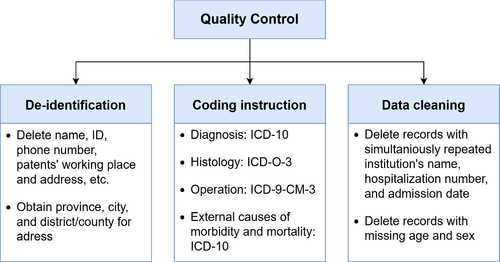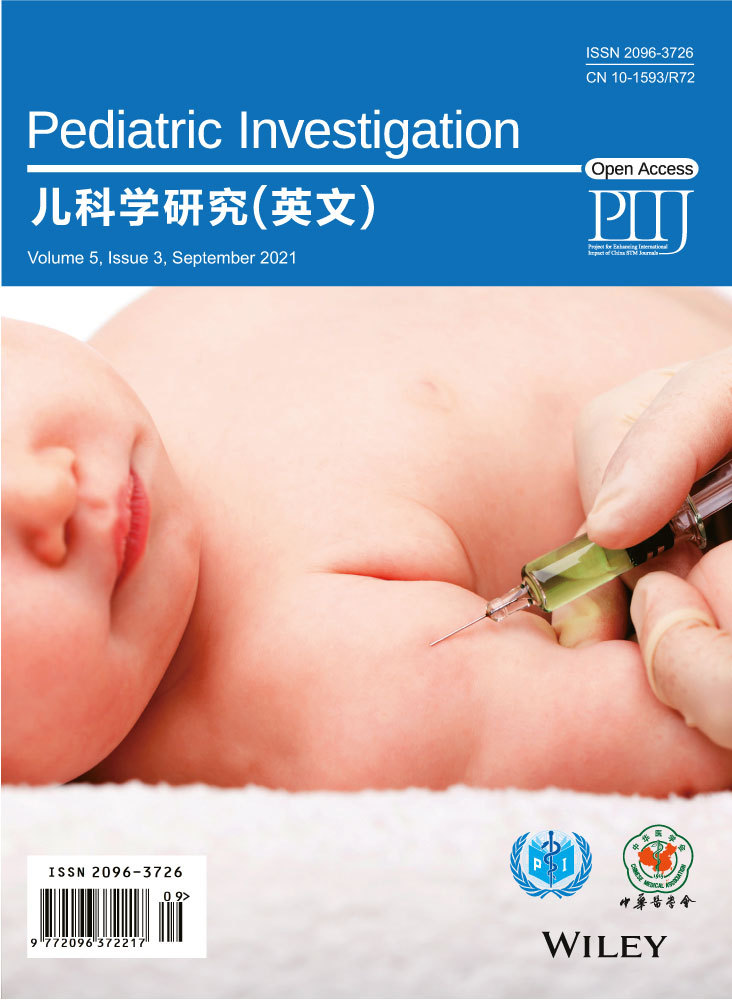A brief introduction to the FUTang Updating medical REcords (FUTURE) database
Introduction
Futang Research Center of Pediatric Development (FRCPD), the first nonprofit social service organization engaging in pediatric research in China, was founded in May 2013. Until August 2021, FRCPD has 40 tertiary children’s hospitals, accounting for about 65.6% of all national public children’s hospitals, which was reported to be 61 in China Health Statistical Yearbook (2020). The hospitals are distributed in 30 provinces, autonomous regions, and municipalities (except for Tibet autonomous region), and most of them are in the capital of the province, forming a broad frontline representing the best quality of health care for the diagnosis and treatment of children’s disease in China. Based on the idea of sharing, FRCPD realized the exchange of experts, medical resources, research findings, educational events, preventive strategies, and management experiences among members. In the long run, FRCPD aims to continuously promote the quality of healthcare and medical service capability for children in China.
The FUTang Updating medical REcords (FUTURE) database was born in 2019 in response to the initiative of “sharing of healthcare data resources” by the National Health Commission of the People’s Republic of China. In the meantime, the Children’s Health Data Science Committee was established by FRCPD and designated to be in charge of the FUTURE database. The core objective of FUTURE is to promote data utilization and realize mutual development of member hospitals by strengthening the cooperation and sharing of healthcare data. Given that FUTURE is a valuable research tool, we aim to present the essential aspects of the database including the data source, quality control process, and collected variables in this article.
Data considerations
Data sources
A total of 26 hospitals in FRCPD have come to an agreement and uploaded the first-page information of inpatient medical records to the FUTURE database annually. All the 26 hospitals are tertiary hospitals, of which 21 are located in the capital of the province, meaning the most representative sample of hospitalized children in that area. The name of the included hospitals is listed in Table S1.
Quality control
The data uploading docking and format standards are referred to the requirements made by the Hospital Quality Monitoring System (HQMS) for the collection of first-page information of inpatient medical records in the performance appraisal and medical quality management of national tertiary public hospitals (2019). The quality control plan of the FUTURE database mainly consists of three parts: de-identification, coding instruction, and data cleaning. For de-identification, information that can be used to identify the patients or their parents was masked or deleted. Coding for diagnosis, histology, and operation was using International Classification of Diseases (10th Revision), International Classification of Diseases for Oncology (3rd Edition), and International Classification of Diseases 9th Revision Clinical Modification Operations and Procedures 3rd edition (ICD-9-CM-3), respectively, as unified standards. After code standardization, data cleaning was conducted to ensure the uniqueness, integrity, and validation of each record.1 The overview of the quality control process is shown in Figure 1.

Included variables
The collected variables include identification variables, basic information including sociodemographic and geographic variables, admission and discharge information, clinical factors related to diagnosis and operational treatment, and hospitalization expenses. The detailed list of collected variables is shown in Table 1.
| Type of variables | Included in FUTURE |
|---|---|
| Identification | Automatically generated unique identifier |
| Hospitalization ID number | |
| Sociodemographic | Date of birth |
| Sex | |
| Age | |
| race/ethnicity | |
| Geographic | County, city, and province of registered residence |
| County, city, and province of current residence | |
| Admission and discharge | Date of admission |
| Date of discharge | |
| Ward of admission | |
| Ward of discharge | |
| Length of stay | |
| Way of leaving the hospital | |
| Diagnosis | Primary diagnosis and corresponding ICD-10 code |
| Secondary diagnosis and corresponding ICD-10 code | |
| Pathology and corresponding ICD-O-3 code | |
| External causes of morbidity and mortality and corresponding ICD-10 code | |
| Operational treatment | Operation and corresponding ICD-9-CM-3 code |
| Hospitalization expenses | Total expenses and expenses for each item |
| Medical payment methods |
Prospect
After quality control and data cleaning, the continuously updating database now has more than 6 million medical records from the year 2016 to 2020. The huge sample covers all the ICD-10 items that are related to children’s illnesses. In the years to come, the FUTURE will be updated annually with the medical records in the former year. The database is now accessible upon an application within the FRCPD group and anyone in the FRCPD member institution can apply for research purposes. Up till now, several studies about the epidemiology of childhood diseases or management optimization have been published based on the database.2, 3 As time goes on, with more hospitals being involved and the data volume getting bigger, the database would provide more possibilities in research and play an important role in making scientific decisions on children’s health care.
CONFLICT OF INTEREST
None.




